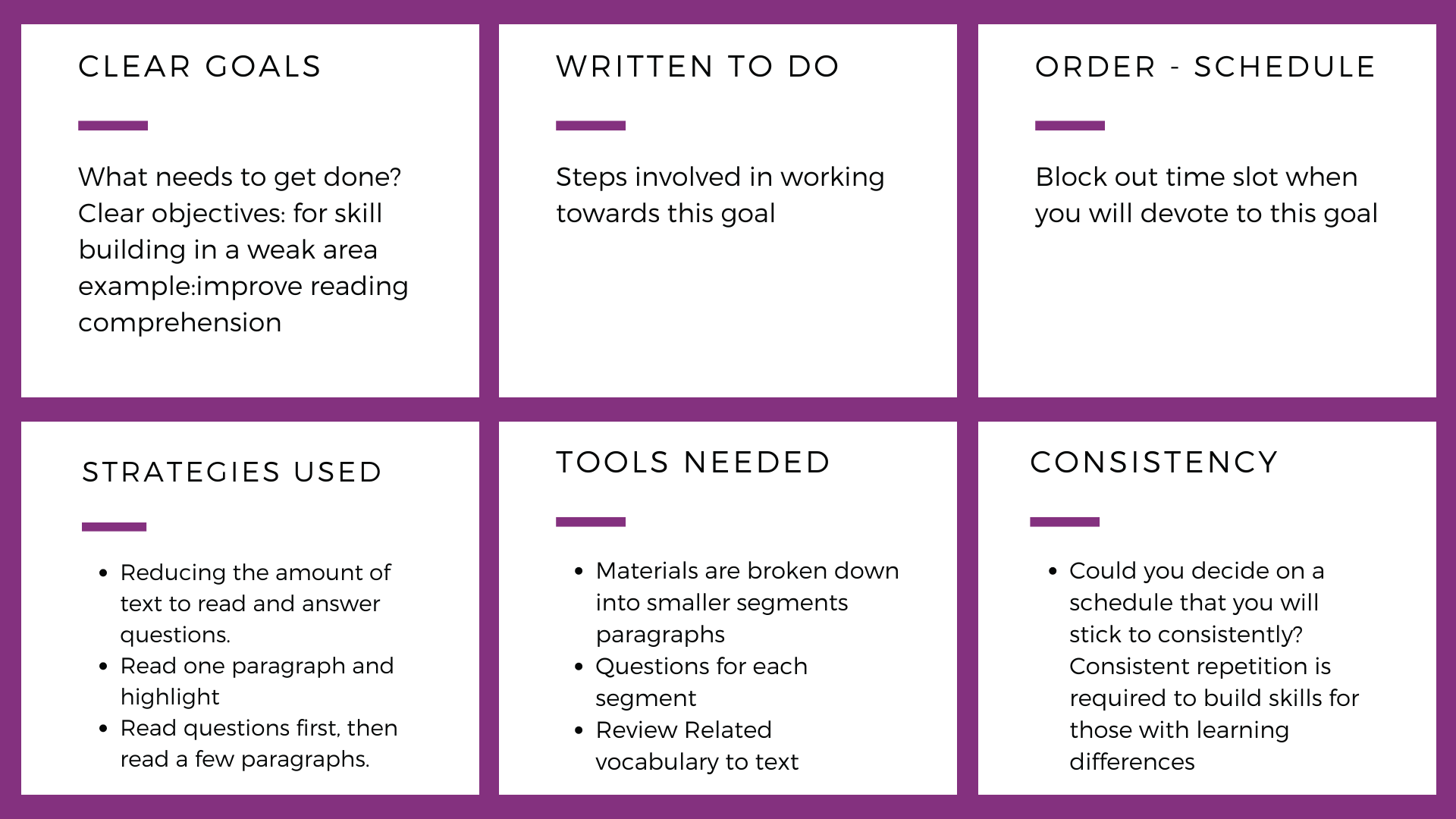WHAT IS SELF REGULATION AND WHY IS IT SO IMPORTANT?
Today much of the behavior that educators and parents of the neurodiverse community witness result from difficulty self-regulating. This inability to self-regulate impacts all aspects of learning and doing. Why is this so important? They unintentionally struggle to organize their mind and body to stay on task. The child or teen may be unaware of this difficulty and how it impacts their daily lives. To the observer, it may look like non-compliance or even defiance. Most children with significant self-regulation issues may have ASD, ADHD, or anxiety. They require instruction and support to promote self-regulation. Even with instruction and support, some children/teens will need additional time and learning strategies to meet academic requirements.
As the social, emotional, and academic demands evolve with age, so will the skills required to self-regulate. The support and instruction must stay constant until the child’s self-awareness expands, allowing them to self-monitor their needs and apply strategies to promote self-regulation.
There are times when the dysregulation is higher than others, for example, in unstructured environments such as cafeterias, large assemblies, playgrounds, or parks. The more unpredictable the environment, the more dysregulation. Why? They may require more information and guidance to adjust or adapt to an unstructured/unpredictable environment. They may need to observe before joining in or take a break/step away during the activity for participation. It could look like they focus for 15/20 minutes at a time, and then they need to get up and stretch or move. They may also need a self-regulating checklist to guide them through the daily schedule or a multi-step project. These are examples of accommodations or tools.
A tool or support system is required when a learning difference impacts your regulation. These tools include medication, clear goals, checklists, schedules, tasks broken down into steps, visual representation of tasks, and strategies (observing, break, or movement.
Your child will need coaching and strategies that work for them depending on their needs and the required level of support. They will also need assistance with the implementation of the strategies or tools. Finding the right strategy or plan must include your child since the strategy needs to work for them. In addition, they need to be taught and encouraged to use the strategy by building it as a habit in their daily life. They may also require you to model and use this strategy alongside them till they can do so interdependently.
The starting point is always accessing your child/teen's awareness of their needs, strengths, and weaknesses. We cannot change our behavior or habits if we are unaware of them. Please know that for our non-verbal community, self-awareness is addressed by exploring responses in different environments. So their training on self-awareness is in the moment, exposure to varying situations and environments to observe responses, helping identify needs and supports to navigate a situation or experience successfully. Finding replacement healthier habits that promote their well-being. Modeling is also critical for instruction in the non-verbal community. For our kids with high sensory needs then, the instruction involves small steps when working on exposure and experiences that are new and the sensory impact is not fully known.
Building self-awareness for children with self-regulation difficulties may take a while. Some children have difficulty with interoception. They need more instruction in discovering and building body awareness.
Interoception is a sense that allows us to notice internal body signals like a growling stomach, racing heart, tense muscles, or full bladder. When we notice these body signals, our brain uses them as clues to our emotions. Interoception helps us to feel many important emotions, including:
Hunger
Pain
Sleepiness
Anxiety
Calm
Fullness
Illness
Need for Bathroom
Distraction
Boredom
Thirst
Body Temperature
Anger
Focus
Mahler, K. (2014-2020). What is interoception? www.kelly-mahler.com
Basic Strategies
These strategies are effective; however, the most effective strategy for helping self-regulation is finding what promotes calm for your child.
None of us can focus or stay on task if we are agitated or anxious. Frequently, I witness our kids operating in a state of flight, fight or freeze. They are anxious. There are many reasons, primarily because their system is physiologically wired and prone to anxiety. First is self-awareness to identify and promote what brings the mind and body to calm. Implementing practices to establish habits that promote calmness is your starting point.






